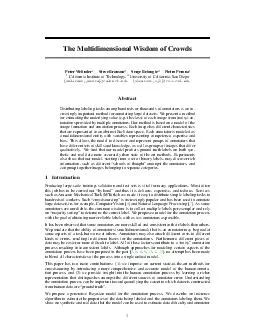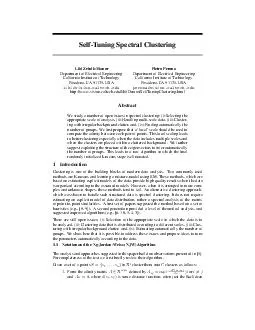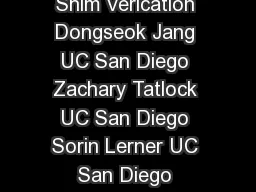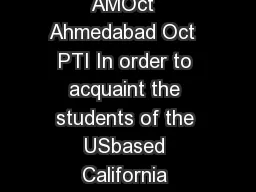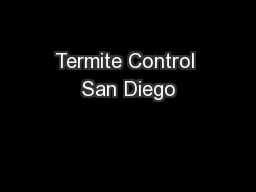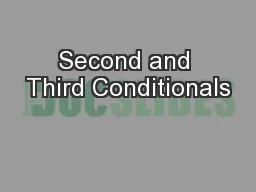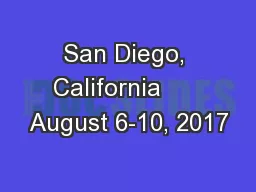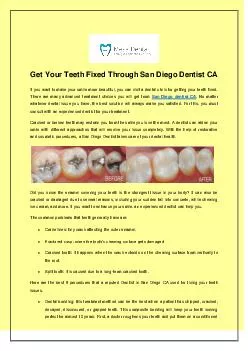PDF-The Multidimensional Wisdom of Crowds Peter Welinder Steve Branson Serge Belongie Pietro
Author : lindy-dunigan | Published Date : 2014-12-18
edu sbransonsjb csucsdedu Abstract Distributing labeling tasks among hundreds or thousands of annotators is an in creasingly important method for annotating large
Presentation Embed Code
Download Presentation
Download Presentation The PPT/PDF document "The Multidimensional Wisdom of Crowds Pe..." is the property of its rightful owner. Permission is granted to download and print the materials on this website for personal, non-commercial use only, and to display it on your personal computer provided you do not modify the materials and that you retain all copyright notices contained in the materials. By downloading content from our website, you accept the terms of this agreement.
The Multidimensional Wisdom of Crowds Peter Welinder Steve Branson Serge Belongie Pietro: Transcript
Download Rules Of Document
"The Multidimensional Wisdom of Crowds Peter Welinder Steve Branson Serge Belongie Pietro"The content belongs to its owner. You may download and print it for personal use, without modification, and keep all copyright notices. By downloading, you agree to these terms.
Related Documents

